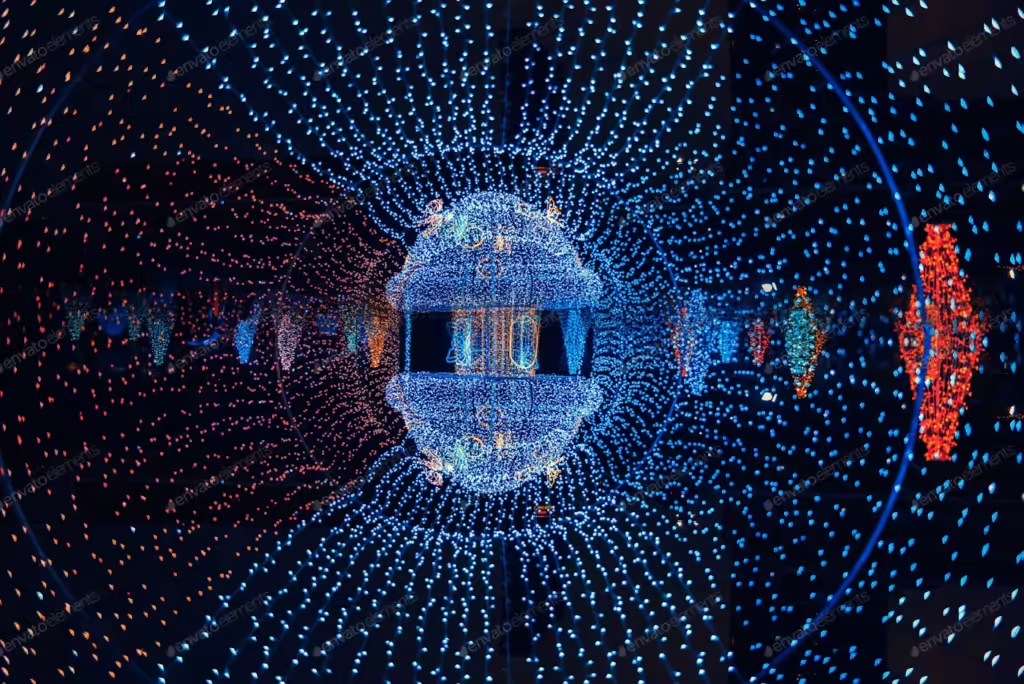Quantum Enhancement and Photonic Oscillators
aiRadar Inc. is currently operating with a grant from the Government of Canada to investigate Quantum Photonic Oscillators. As this high-performance technology matures, we will be incorporating it into our radars.

Quantum Enhanced radars provide improved performance over a classical radar by interfacing an ultra-stable quantum oscillator with aiRadar’s existing advanced Active Electronically Scanned Array (AESA) radar technology. The key technology enabling the increased performance is an advanced clocking and signal generation solution which reduces the phase noise in the transmitted radar signal.
This reduction in phase noise alleviates signal-dependent noise degradation, which prevents weak radar targets from being masked by clutter or nearby strong targets. The effect is particularly beneficial in the detection of moving targets (having low Doppler shifts) in an environment with strong clutter. This capability is highly relevant in real-world situations such as drone detection in an urban environment.
Using quantum clocks
With quantum clocks providing ultra-low phase noise and exceptional stability, traditional limitations such as phase noise and synchronization challenges are can now be surmounted. aiRadar’s Quantum-Enhanced MMI will harness these advancements to boost mmWave radar performance, significantly improving effectiveness in cluttered environments and enabling new multi-static radar applications with reduced synchronization needs.
- Innovative Breakthrough: Supported by an Industry Canada challenge stream grant, our Quantum-Enhanced MMI technology integrates ultra-stable, ultra-low phase noise quantum clocks, significantly enhancing millimeter-wave radar performance.
- Quantum-Enhanced Performance: The Quantum-Enhanced MMI increases Doppler resolution and reduces the clutter-dependent noise floor, allowing for clearer and more accurate radar imaging.
- Advanced Multi-Static Applications: The extreme stability of quantum clocks facilitates new multi-static sensing configurations, streamlining operations and reducing the need for complex synchronization.
- Cohesive Radar Operations: By improving synchronization and stability, quantum technology allows for coherent operation across multiple radar platforms, simplifying deployments in challenging scenarios such as dynamic positioning and precise navigation.
